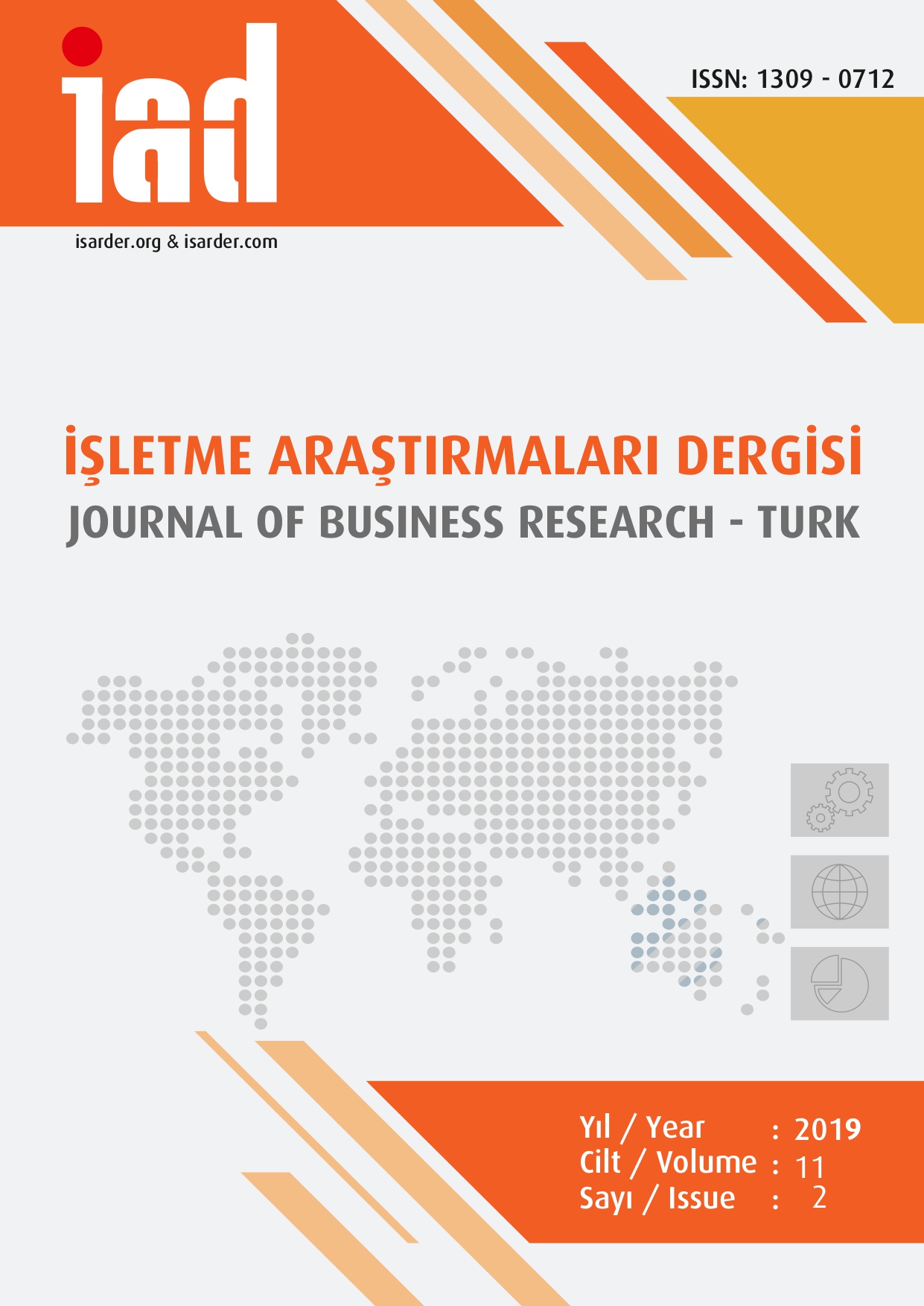Is Cultural Environment a Determinant of Perceived Corporate Reputation?
Is Cultural Environment a Determinant of Perceived Corporate Reputation?
Author(s): Volkan Yüncü, Celil KoparalSubject(s): Business Economy / Management, Marketing / Advertising
Published by: Orhan Sağçolak
Keywords: Corporate Reputation; Perceived Reputation; AHP; Cross-Cultural Management; Multiple-Criteria Decision Making Methods;
Summary/Abstract: Purpose – The purpose of this study is to determine the factors that consumers prioritize in the formation process of the organizational reputation perception and to determine the superiority of these factors to each other. Within this context, this study aims to bring a new and a crosscultural perspective to the way organizational reputation is managed for today's managers. Design/methodology/approach – The superiority of the factors that constitute the organizational reputation with each other is determined at the factor and item level by using AHP (Analytic Hierarchy Process) method. Since the research is carried out in two different cultures, it has two different study population and samples. In this sense, the perception of the reputation of two different cultural groups (in Turkey and Germany) was compared, and the main variables shaping this perception and the attributed importance were determined comparatively. Findings – As a result, it has been determined that the main variables that constitute the perception of reputation of different cultural groups show significant differences between the two cultures. In addition, it was concluded that the scale used in the study could be implemented using only 7 items instead of 23 items, which would provide great convenience in terms of time and cost for future research. Discussion – The results of the research provide the basis for new and original research topics for future studies. Investigation of the effects of cultural differences or the effects of demographic variables on the perception of organizational reputation will contribute significantly. Also, we suggest that the original scale used in the study be applied with 7 items in similar studies and it would be useful to evaluate the obtained results.
Journal: İşletme Araştırmaları Dergisi
- Issue Year: 11/2019
- Issue No: 2
- Page Range: 1044-1056
- Page Count: 13
- Language: Turkish

